Website Pop-ups: The Good, the Bad, and 18 Rules You Should Never Break

The Current State of Website Pop-ups
First, let’s talk about what pop-ups look like today, how they’re used, and why you would even want to include them in your web design plan.Types of Pop-ups
A modal is the most common type users encounter on the web.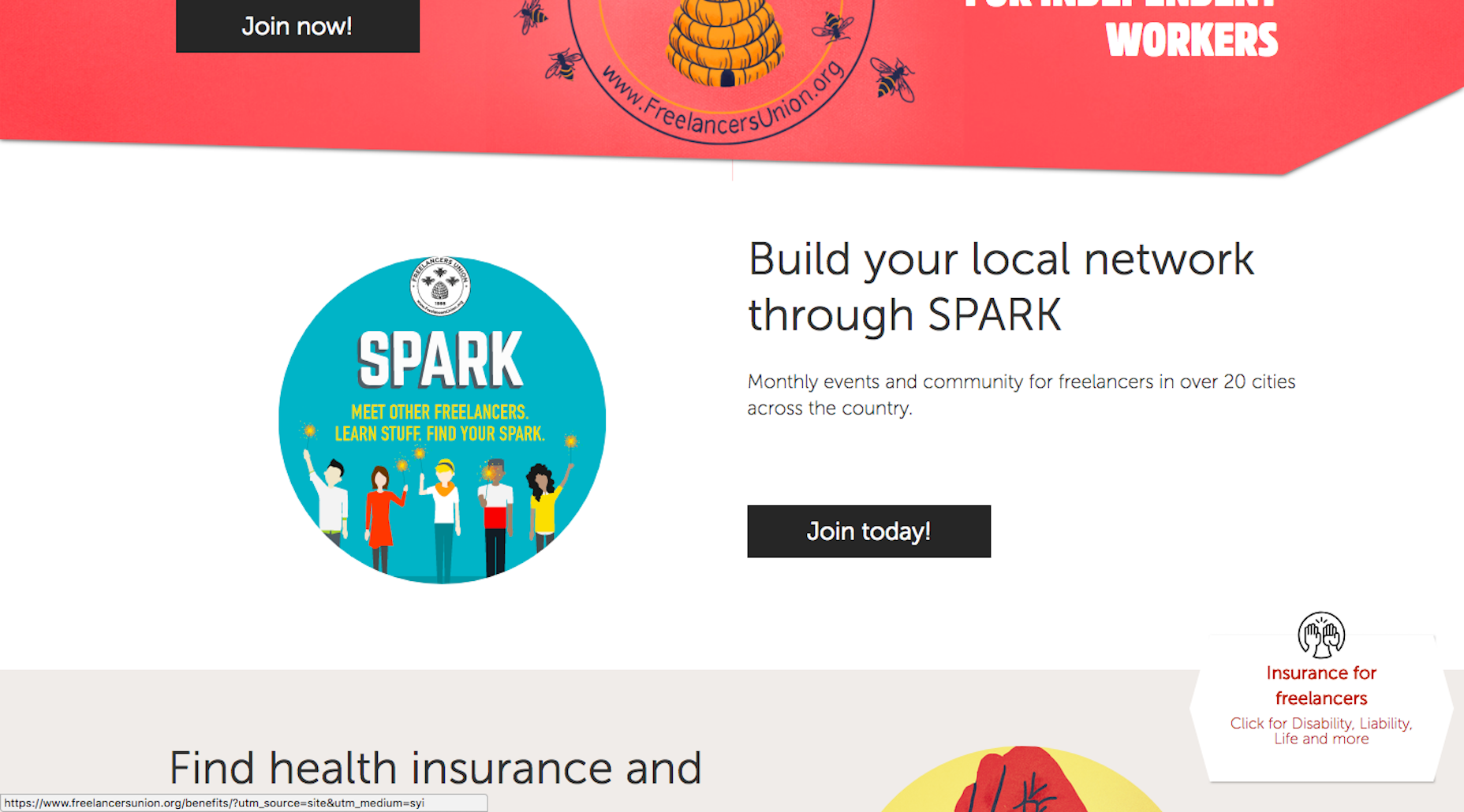 It can literally pop open on a web page, slide into the page, or just be there right from the point of entry. While these usually can be found in the dead-center of the page, some websites now place them closer to the bottom of the page or even stick them in the corner.
An interstitial or overlay pop-up is one that covers the entire screen, usually upon entering a website.
It can literally pop open on a web page, slide into the page, or just be there right from the point of entry. While these usually can be found in the dead-center of the page, some websites now place them closer to the bottom of the page or even stick them in the corner.
An interstitial or overlay pop-up is one that covers the entire screen, usually upon entering a website.
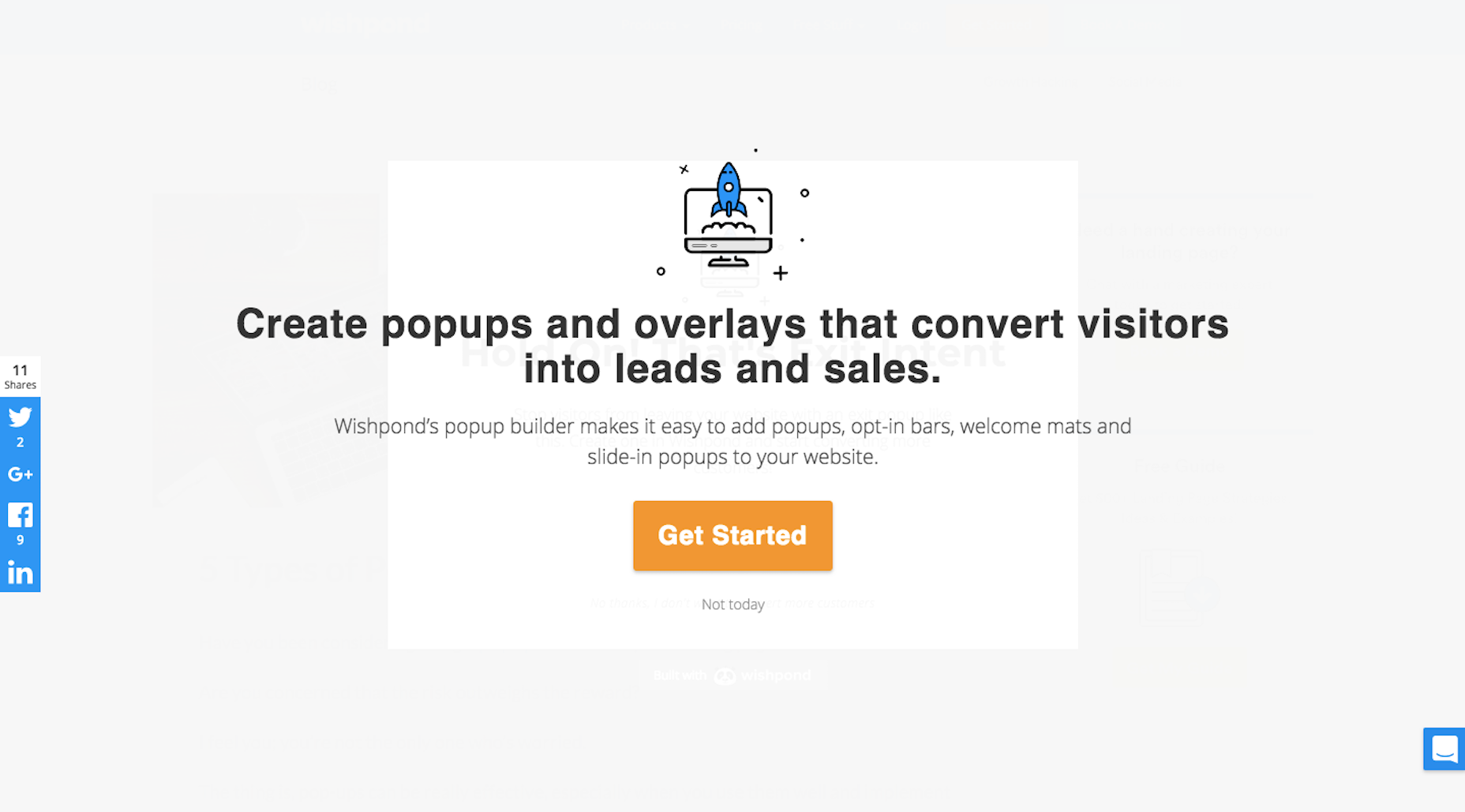 A notification bar is one that can permanently stick to the top or bottom of a website.
A notification bar is one that can permanently stick to the top or bottom of a website.
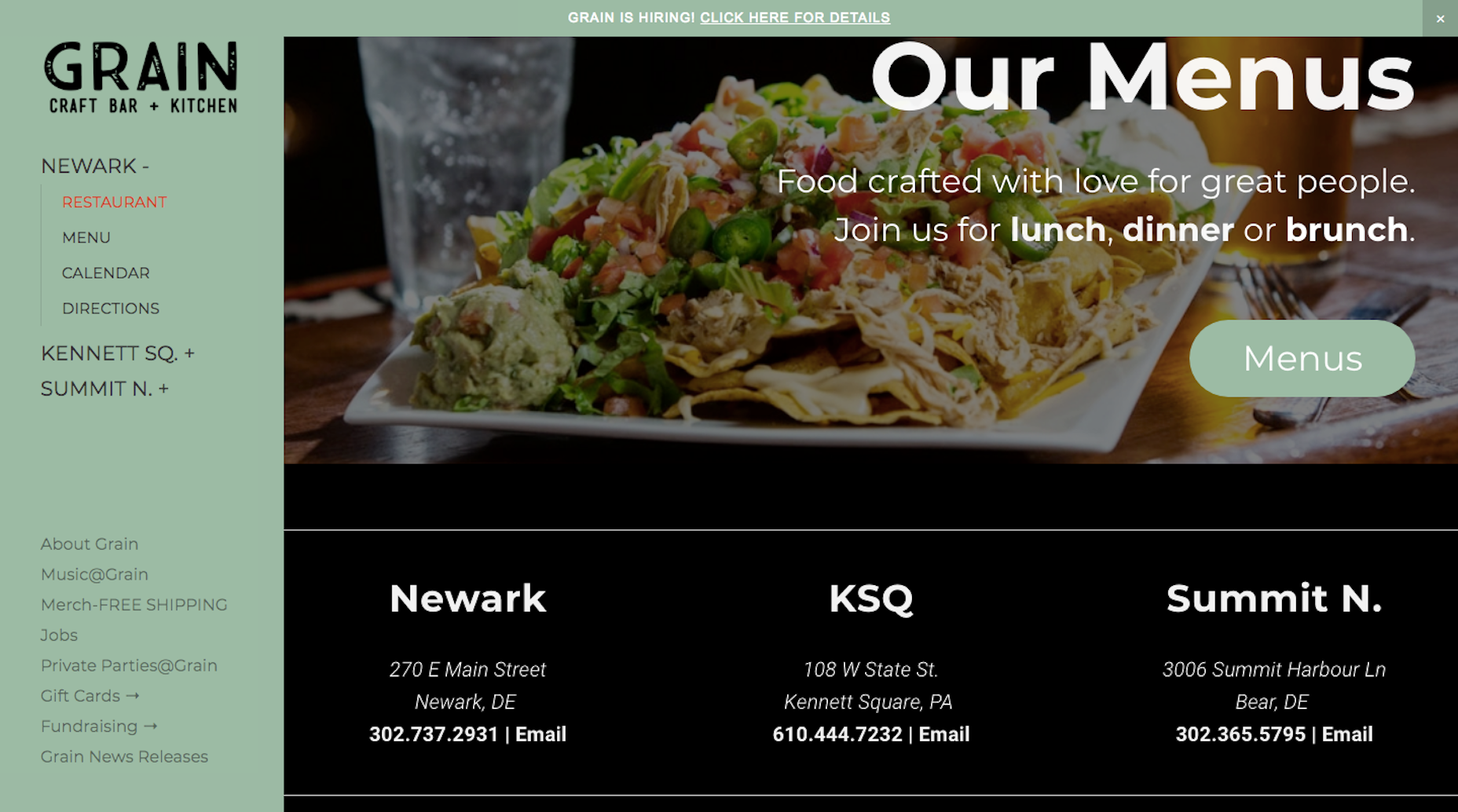
5 Very Good Reasons to Use Pop-ups
You might think that with the backlash from Google on mobile pop-ups (I’m getting to that soon…) that it would be best to stay away from pop-ups altogether. However, I’ll give you 5 very good reasons why most of the websites you design should include them:1. They’re Attention-Grabbing
No one has patience to read anymore, which is why delivering attention-grabbing micro-messages in pop-ups are so great.2. They Draw the Eyes to What’s Most Important
Pop-ups deliver extra value to online visitors—and they know it. So, when a pop-up appears, they’re going to immediately be drawn to that offer or value-added opportunity.3. They’re Versatile
Pop-ups no longer move visitors out of the browser window or clog up their desktop with ads they weren’t aware of. You now have so many different types to work with and they can be triggered at different points of the website experience:- Upon entry
- After a certain point of scrolling
- Triggered by an action
- Right before exiting
4. They Keep the Site Clean
As I mentioned before, minimalism is important for making a website aesthetically pleasing. But if you have a special message you really want to get in front of visitors and don’t want to take up precious and limited real estate to do it, you can use pop-ups to deliver it.5. They Increase Conversions
Sumo studied its users’ pop-ups and the conversion rates associated with them. What they found was that pop-ups have the potential to convert at a rate of about 3%, on average. Pop-ups that are designed really well, however, have the potential to convert 9% of visitors that encounter them. You can also use them to increase engagement on the site. Ask them to fill out a survey, share something on social media, or to watch a video on a landing page.But What’s the Deal with Mobile Pop-ups?
Okay, so Google doesn’t hate mobile pop-ups. It just wants web developers to be smarter about how they use them since pop-ups can be disruptive for users, in general, though definitely more so on smaller mobile screens. As a result, Google has begun issuing penalties to mobile websites that use these three kinds of pop-ups: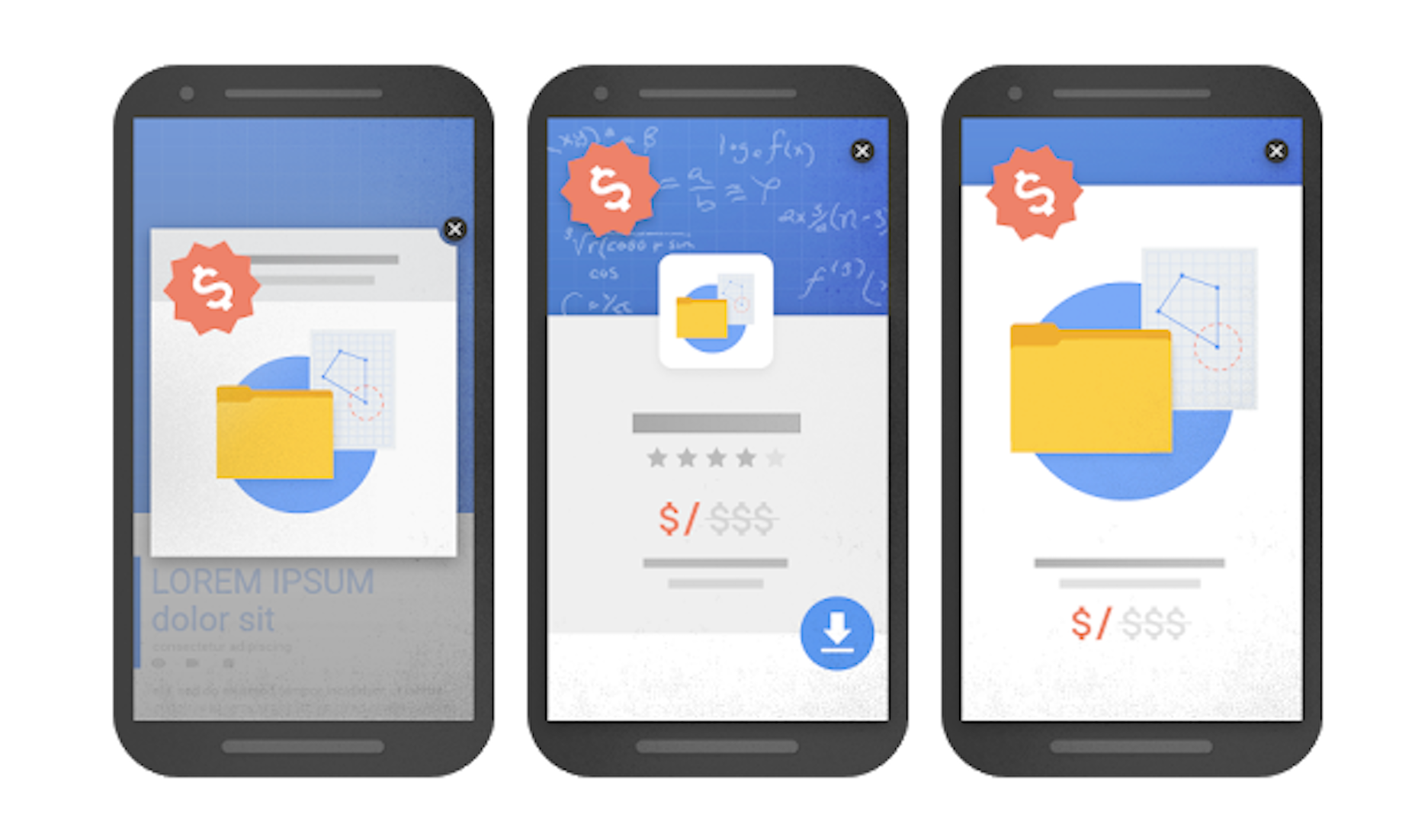 In summary, stay away from:
In summary, stay away from:
- Pop-ups on the first page of a mobile user’s visit
- Pop-ups that hide the majority of the web page behind it
- Interstitials
18 Best Practices for Using Website Pop-ups
- Never use pop-ups for the sole purpose of having a trendy design element in place. If you waste visitors’ time with a meaningless disruption, you’ll lose their trust.
- Design the pop-up to look just as good as the rest of your website.

- Make sure they’re responsive.
- Keep copy short and to the point.
- Don’t use the passive aggressive Yes/No calls-to-action unless it’s your brand’s personality to be that way. If you’re including two CTAs, do it in a way that positively encourages them to take action on the primary one.
- If you’re going to collect contact information, ask only for one thing: their email address.
- Make sure the content of the pop-up is relevant to the page it appears on.
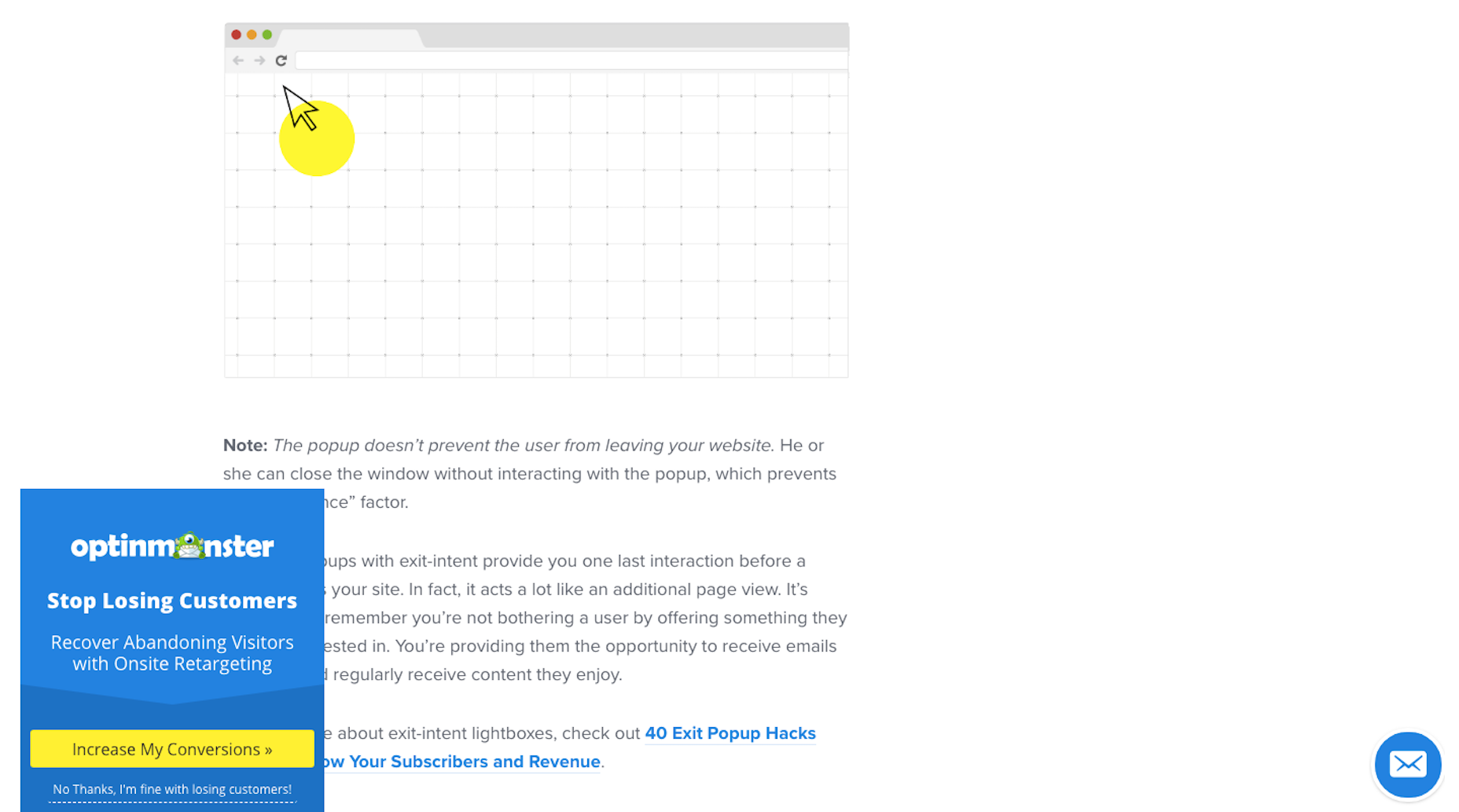
- If you can, avoid showing pop-ups on the first page. Give visitors a chance to acclimate first. For the record, though, this is one of the entry pop-up types Google does allow for (since privacy is so important):

- Follow Google’s rules for mobile: no interstitials, no oversized modals, and no pop-ups on the first page.
- Don’t feel like desktop and mobile pop-ups need to be identical. Design pop-ups for each device type.
- Always include an easy way to get out of the pop-up: either click outside of it or place an “X” button in the top-right.
- Time your pop-ups to appear at just the right moment of the on-site experience (like right before visitors are about to exit).
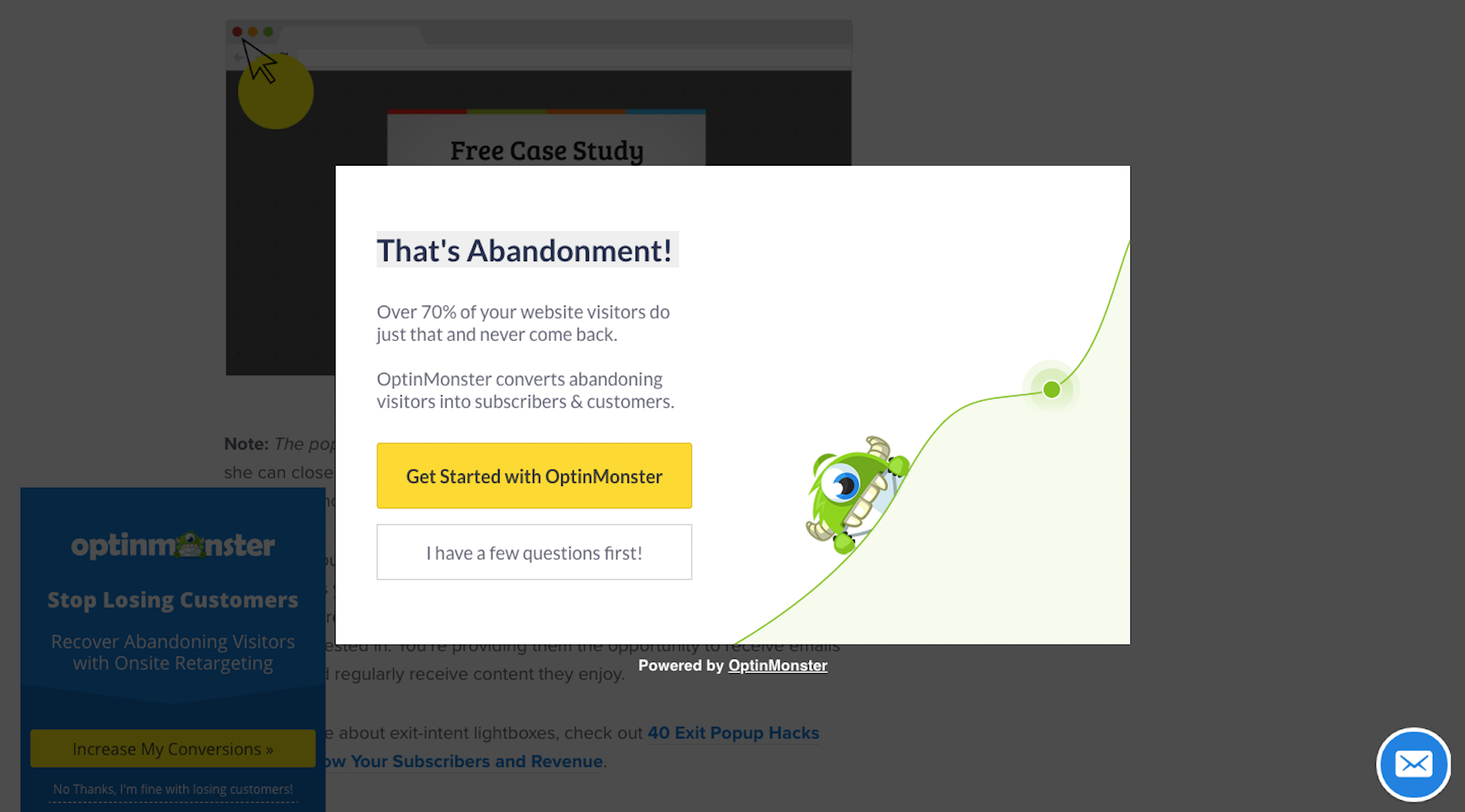
- Set frequency rules, so visitors don’t keep seeing pop-ups on every page or on every visit.
- Place pop-ups in the right location.
- If you want to intrude (and think visitors will be okay with it), put them in the center of the screen.

- If you want to share a special offer, use a sticky bar.
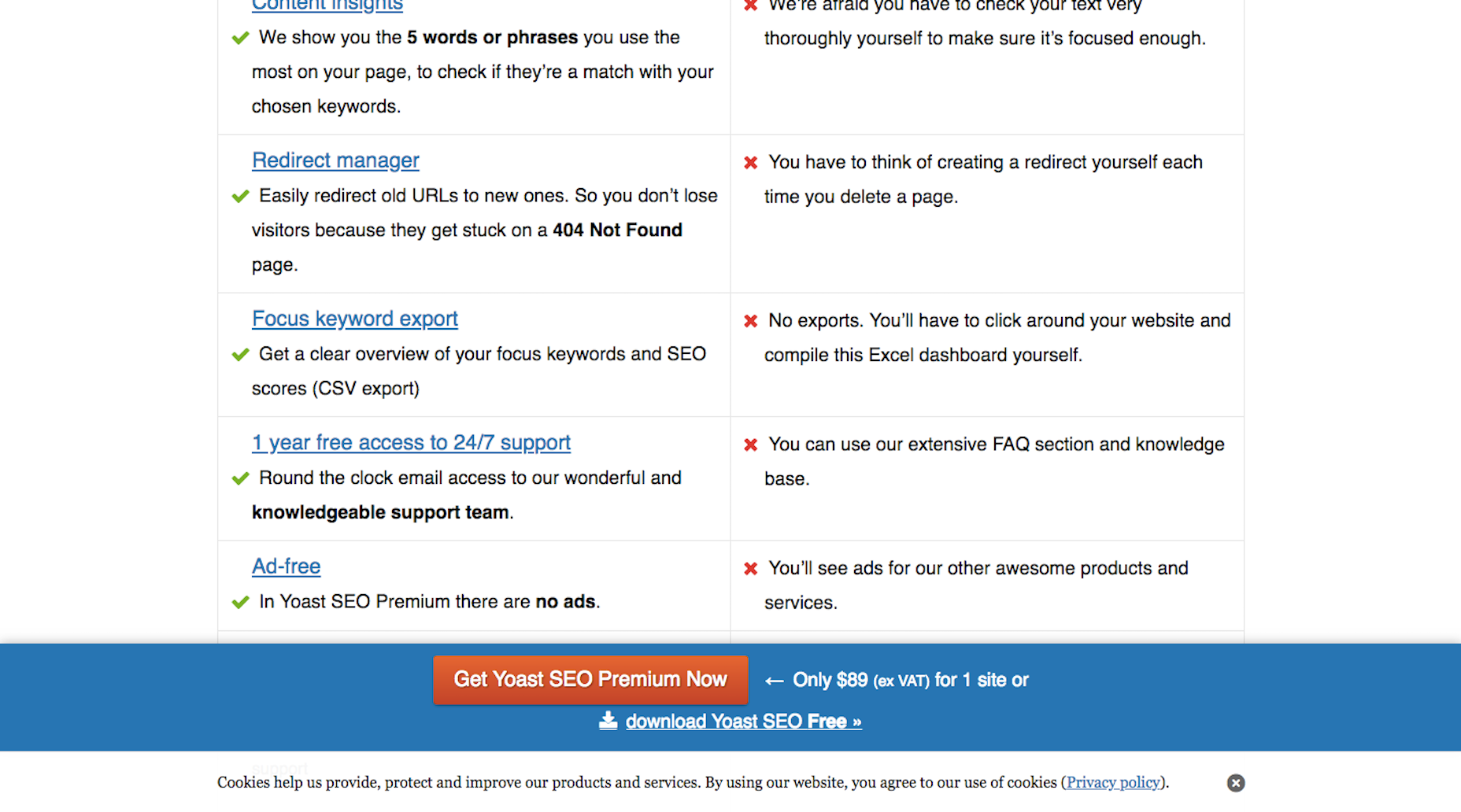
- If you want to give them something to think about as they move around the site, put the pop-up off to the side.
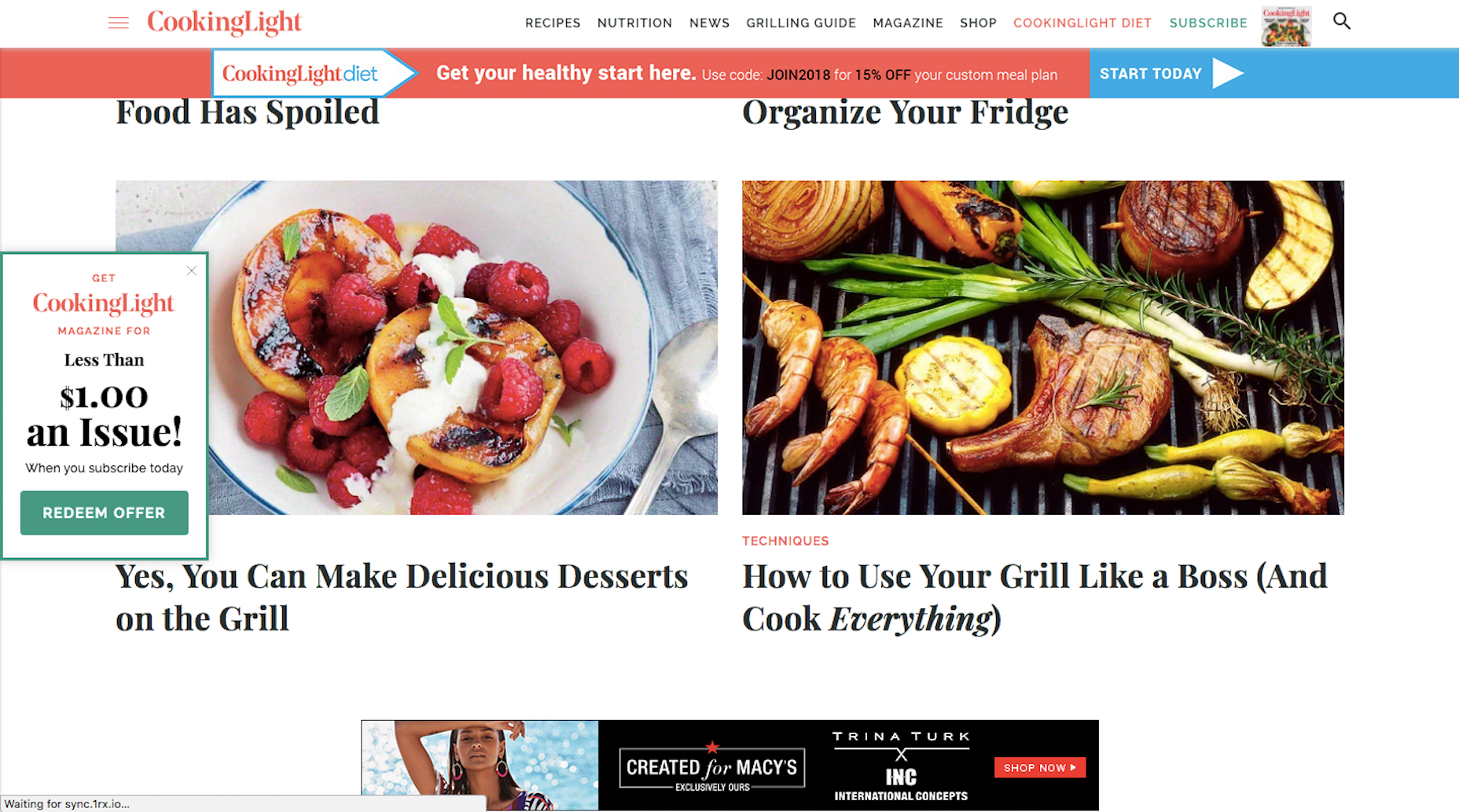
- Use audience segmentation and targeting to create customized pop-up messages.
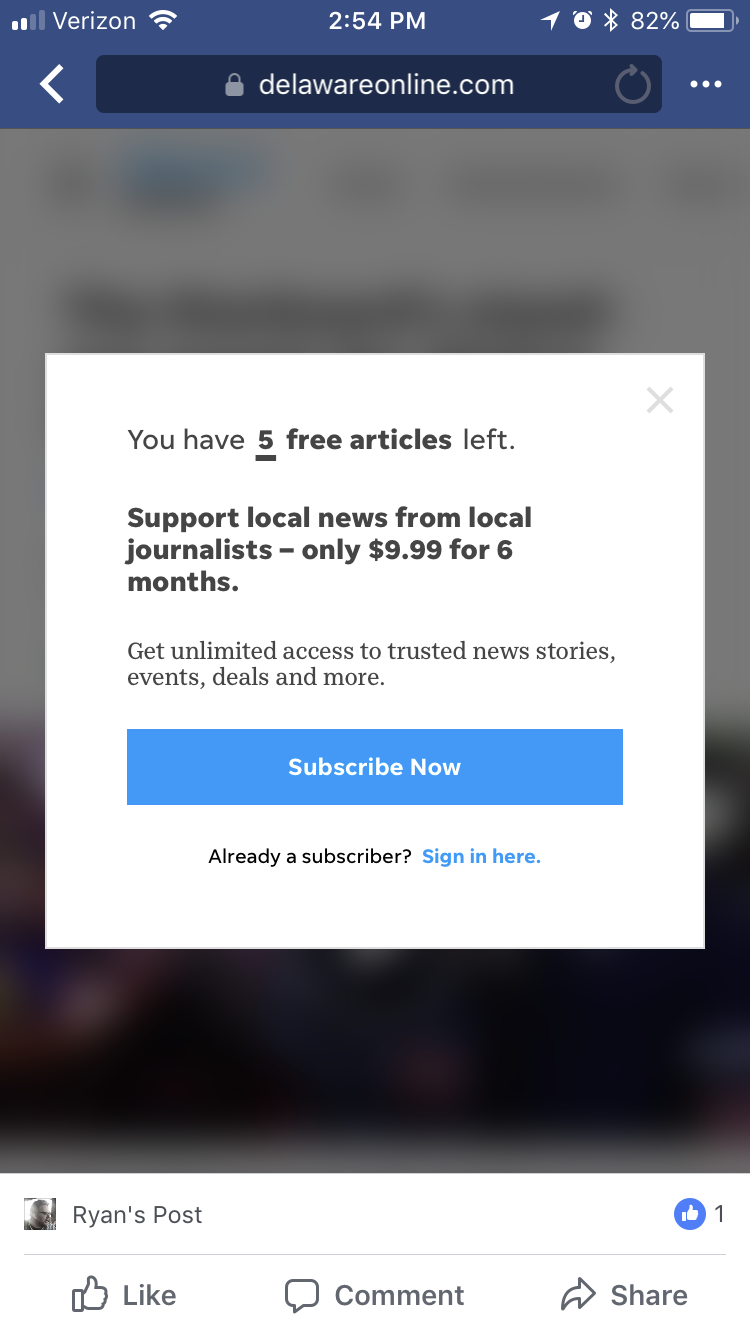
Wrapping Up
If you have something really valuable to share with visitors or know you have a way to positively lure them back to your site, give website pop-ups a shot. And don’t be afraid to A/B test them the way you do other elements on your site. There’s so much here to play with, including design, copy, placement, CTA, triggers, and more.Suzanne Scacca
Suzanne Scacca is a freelance writer by day, specializing in web design, marketing, and technology topics. By night, she writes about, well, pretty much the same thing, only those stories are set under strange and sometimes horrific circumstances.
Read Next
3 Essential Design Trends, November 2024
Touchable texture, distinct grids, and two-column designs are some of the most trending website design elements of…
20 Best New Websites, October 2024
Something we’re seeing more and more of is the ‘customizable’ site. Most often, this means a button to swap between…
Exciting New Tools for Designers, October 2024
We’ve got goodies for designers, developers, SEO-ers, content managers, and those of you who wear multiple hats. And,…
15 Best New Fonts, September 2024
Welcome to our roundup of the best new fonts we’ve found on the web in the previous four weeks. In this month’s edition…
By Simon Sterne
3 Essential Design Trends, October 2024
This article is brought to you by Constantino, a renowned company offering premium and affordable website design
You…
A Beginner’s Guide to Using BlueSky for Business Success
In today’s fast-paced digital world, businesses are always on the lookout for new ways to connect with their audience.…
By Louise North
The Importance of Title Tags: Tips and Tricks to Optimize for SEO
When it comes to on-page SEO, there’s one element that plays a pivotal role in both search engine rankings and user…
By Simon Sterne
20 Best New Websites, September 2024
We have a mixed bag for you with both minimalist and maximalist designs, and single pagers alongside much bigger, but…
Exciting New Tools for Designers, September 2024
This time around we are aiming to simplify life, with some light and fast analytics, an all-in-one productivity…
3 Essential Design Trends, September 2024
September's web design trends have a fun, fall feeling ... and we love it. See what's trending in website design this…
Crafting Personalized Experiences with AI
Picture this: You open Netflix, and it’s like the platform just knows what you’re in the mood for. Or maybe you’re…
By Simon Sterne
15 Best New Fonts, August 2024
Welcome to August’s roundup of the best fonts we’ve found over the last few weeks. 2024’s trend for flowing curves and…
By Ben Moss















